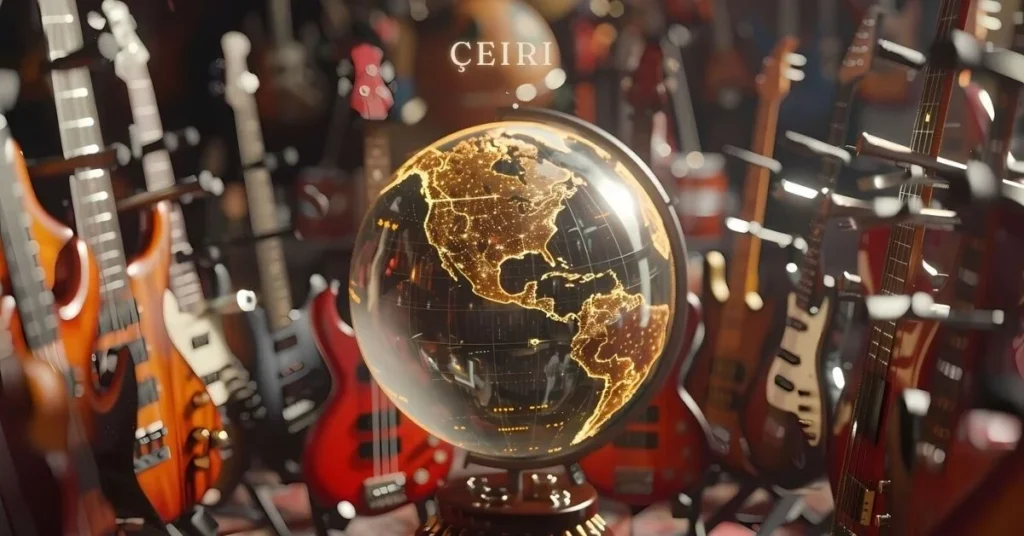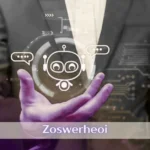Introduction
Translation is much more than swapping words from one language to another—it’s a fascinating blend of art and science. In today’s interconnected world, communication across language barriers is vital. This article delves into the concept of çeiri, exploring its definition, cultural significance, and the modern challenges it presents. Whether you are a language enthusiast, a professional translator, or simply curious, read on to discover about çeiri.
The Meaning of Çeiri
At its core, çeiri refers to the act of translation. While many might think of translation solely as converting words between languages, çeiri also encompasses interpretation, adaptation, and rendering a message in a way that resonates with a different audience. In many cultures, especially within Turkish contexts, the term carries nuances that reflect the complexities of transferring meaning—not just the literal words, but the spirit and cultural subtleties behind them.
The Importance of Translation in Today’s World
In a globalized era, the ability to communicate across language divides is indispensable. Whether it’s in business, literature, technology, or everyday conversation, translation helps bridge gaps, foster understanding, and promote cooperation. With emerging translation technologies and tools, çeiri is evolving to meet the dynamic demands of international dialogue, ensuring that ideas travel seamlessly across borders.
Understanding Çeiri
Definition and Etymology
Origins of the Term
The term çeiri is derived from the Turkish word for translation, which itself has deep historical roots. Originating from the older Ottoman Turkish term, the word has evolved over time to represent not just a mechanical conversion of language, but also the delicate art of interpretation. This evolution reflects centuries of cultural exchange, where languages and traditions melded and influenced each other.
Evolution of the Meaning
Over time, çeiri has expanded in meaning. In the past, it was primarily associated with literary translations and religious texts. Today, it embraces various forms of translation, including technical, legal, and digital content. This broadened meaning highlights how translation is no longer confined to the pages of ancient manuscripts but has become a dynamic, multifaceted process integral to modern communication.
Cultural Context of Çeiri
Translation is inherently tied to culture. Every language carries its own set of idioms, metaphors, and historical context, making çeiri a bridge between diverse ways of life. In Turkish culture, for instance, translation has played a key role in preserving literature and historical documents while also introducing new ideas from abroad. Understanding çeiri means appreciating these cultural nuances and recognizing the translator’s role as both a mediator and an ambassador between languages.
Different Types of Çeiri (Translation)
Literal vs. Interpretative Translation
Not all translations are created equal. Literal translation focuses on converting each word from the source language to the target language as accurately as possible. While this method preserves the original text’s structure, it may sometimes lose the intended meaning or emotional nuance.
On the other hand, interpretative translation seeks to capture the essence and tone behind the words. This approach often involves rephrasing and reimagining the content to make it resonate with the target audience. Balancing these two methods is a common challenge faced by translators, making the art of çeiri both intricate and highly creative.
Literary Translation
Literary translation is one of the most celebrated forms of çeiri. It involves transferring works of literature—novels, poems, plays—from one language to another. Literary translators must not only preserve the narrative and stylistic elements of the original work but also ensure that the translated version evokes the same emotions in readers. This type of translation often requires deep cultural insights and a profound understanding of both the source and target languages.
Technical and Specialized Translation
Specialized fields such as medicine, law, engineering, and technology demand a high degree of accuracy and technical expertise. Technical translation (a subset of çeiri) involves converting documents that contain industry-specific jargon, technical terms, and detailed instructions. In these cases, even minor errors can have significant consequences, emphasizing the importance of precision and subject-matter expertise in the translation process.
The Process of Çeiri
Steps in the Translation Process
A successful translation is rarely accidental; it involves a structured process that ensures accuracy and coherence. Here are the typical steps involved:
- Initial Analysis: Before translating, the translator examines the source text to understand its context, style, and intended audience.
- Draft Translation: The translator produces a preliminary draft, converting the source text into the target language while maintaining its meaning.
- Revision: The draft is reviewed and revised to correct any inaccuracies, awkward phrasing, or misinterpretations.
- Proofreading: A final proofreading ensures that the translated text is free of errors and reads naturally.
- Final Review: Often, the text is reviewed by another professional to ensure that the translation meets quality standards and is culturally appropriate.
Tools and Techniques
Machine Translation and AI
The advent of artificial intelligence has revolutionized the translation industry. Tools like Google Translate, DeepL, and other machine translation services use sophisticated algorithms to produce quick translations. While these tools offer speed and convenience, they sometimes struggle with context, idioms, and cultural nuances. Therefore, many professionals use machine translation as a starting point and then refine the output through human editing.
Human Translation
Despite advancements in technology, human translators remain indispensable, especially for complex texts that require cultural sensitivity and a deep understanding of context. A skilled translator can capture the subtleties and emotions that machines often miss, making human translation the gold standard for literature, legal documents, and sensitive communications.
Challenges in Çeiri
Linguistic Challenges
Languages differ in grammar, syntax, idioms, and cultural references. One of the main challenges in çeiri is conveying the same meaning when direct word-for-word translation is impossible. For example, idiomatic expressions often do not have equivalent expressions in another language, requiring creative solutions to preserve the intended sentiment.
Cultural Barriers
Every culture has unique expressions, values, and historical contexts that can influence language. Translators must be aware of these cultural differences to avoid misinterpretations. A phrase that is humorous in one language might be offensive or meaningless in another.
Technical Difficulties
In specialized fields, technical terminology can pose significant challenges. Translators must not only be fluent in both languages but also have a deep understanding of the subject matter. Additionally, maintaining consistency in terminology, especially in long documents, is a common hurdle.
Conclusion
In conclusion, çeiri is far more than a mere translation of words—it is a multifaceted process that bridges cultural, linguistic, and technical divides. Whether through human expertise or advanced AI tools, effective çeiri fosters understanding, encourages dialogue, and promotes a richer exchange of ideas across the world.
FAQs
What does çeiri mean exactly?
Çeiri primarily refers to the act of translation—the process of converting text or speech from one language into another while maintaining the original meaning and context.
How does literal translation differ from interpretative translation?
Literal translation focuses on a word-for-word conversion of the text, which can sometimes lead to loss of nuance. Interpretative translation captures the underlying meaning, tone, and cultural context, ensuring the message resonates with the target audience.
Why is cultural context important in çeiri?
Cultural context is crucial because languages are deeply intertwined with the cultural identities of their speakers. Translators must be sensitive to cultural nuances to ensure that idioms, humor, and historical references are accurately conveyed and respectful to the target audience.
How are modern technologies impacting the translation industry?
Modern technologies such as AI and neural networks have significantly improved machine translation, enabling faster initial drafts.
What skills are essential for a professional translator?
A professional translator must possess strong language proficiency, cultural understanding, technical expertise, and creative problem-solving skills.






